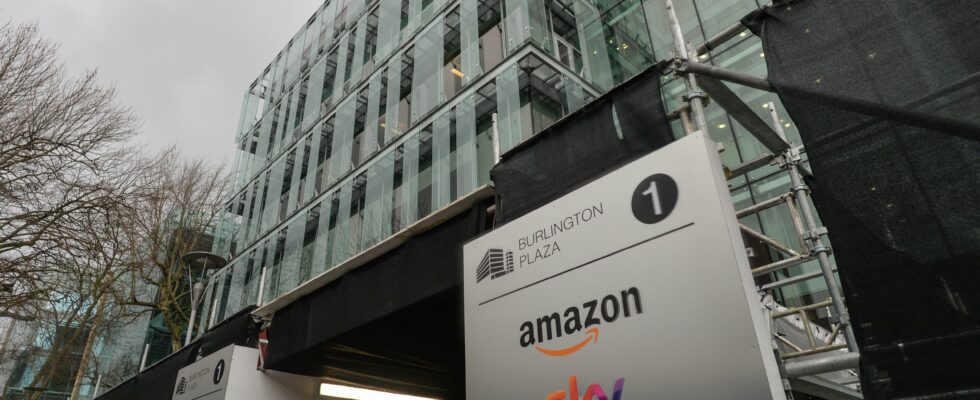“I came back from the summit on energy and artificial intelligence organized by the International Energy Agency (IEA), and the decision-makers, the companies, are all in PLS mode. They are wondering how they are going to meet the needs growing in energy. The confidence, collected during an event organized at the beginning of December by the software publisher Salesforce, comes from Sasha Luccioni, one of the 100 most influential personalities in the world of AI according to the American magazine Time. “During the congress, experts told us that they were wrong in their assessment of energy needs,” continues the scientist. Companies in the tech sector also seem to have underestimated the difficulties. In five years, Google’s CO2 emissions have jumped 48%, notably due to the increase in energy consumption in data centers, which constitute the backbone of the digital world, whether streaming movies or email services.
To secure the future, the tech giant has signed contracts with the company Kairos Power. 500 MWh would thus be secured thanks to the construction of new nuclear reactors. But we still have to wait until the delivery of these new installations which operate at high temperatures and which are cooled with molten salts. Microsoft faces the same difficulties. The group recently signed a contract with the operator of the infamous Three Mille Island nuclear power plant in the United States. But the reactor concerned will not be operational until 2027 at the earliest. And small modular SMR-type reactors could take even longer to come to market.
The reality is cruel: the availability of energy infrastructure is simply not compatible with the accelerated deployment of AI. “In the past, to answer simple questions, we could run very efficient models without the cloud on a simple computer, explains Sasha Luccioni. But now, we use so-called generative AI for everything. But this turns out to be thirty times more energy intensive, hence a poorly anticipated gap between electricity needs and available resources. Should we return to more frugal language processing models for certain tasks? This would reduce the energy bill. But it would also require companies to choose and integrate multiple types of AI models. Additional complexity. While waiting to be able to decide, strong tensions are appearing in Ireland or in certain American states.
France spared?
According to a recent study by the US company Synergy Research Group, Dublin remains the third largest host in the world for major cloud service providers such as Amazon, Microsoft and Google. However, AI’s voracious appetite for electricity could change everything. The doubling of needs by 2026 could force Ireland to abandon its position due to lack of a sufficiently solid electricity network.
In the United States, companies are already jumping on every available KWh. Some even agree to pay several times the market price to obtain sustainable electricity supplies. And France? Julien Villeret, innovation director at EDF, puts things into perspective. “We will be able to meet needs thanks to nuclear power. We currently export 10 TWh every day to other European countries. It would be easy to allocate this electricity to power around ten large data centers.” France therefore seems spared in the short term. But be careful not to fall asleep.
“There are today many projects to establish large data centers in Europe and in particular in France,” warns Julien Villeret. Who adds: “the subject today is not so much the production of electricity as the connection to the national network. The bigger the data center, the bigger the pipes and the more time the installation takes.” Sooner or later, France also risks experiencing bottlenecks.
.
